Galapagos islands is a top class diving destination where the abundance of sharks, whale sharks, manta rays, ocean sunfish, cetaceans, and pelagic is an underwater wildlife spectacle due the confluence of three ocean currents that converge in this immense marine reserve. On the other hand, the extreme isolation of Galpagos has developed an unusual animal life: marine iguanas, flightless cormorants, giant tortoises, and different subspecies of mockingbirds and finches, interesting subjects for your travel photography. Marine Park and World Heritage Site by Unesco, Galapagos is a must for divers and nature lovers alike.
WHY YOU SHOULD GO AND DIVE GALAPAGOS
One of the richest marine ecosystems in the world
The Galapagos Islands are situated 1,000 km from the South American Pacific coast, in front of the Ecuador to which they belong. The Humboldt current that carries plankton and nutrients from distant Antarctica, going up the coasts of South America along Chile and Peru, making this sea the richest in life on the planet, here it amalgamates with other currents less cold, but equally rich in nutrients, giving life to a unique ecosystem of enormous wealth. In Galapagos the diver can swim with seals and sea lions, iguanas, penguins, sharks, whale sharks, hammerheads, manta rays and huge schools of tuna.
The best of Galapagos
The absolute must-see islands on a diving cruise are Wolf and Darwin, which offer the best diving for the pelagic. The cruises are 7 nights, include 4 dives per day, 2 in the morning and 2 in the afternoon, plus two night dives in a week. The water temperature varies according to the season, 18-23ºC - 64-73ºF from July to November, 20-27ºC - 68-80ºF between December and June, thermoclines up to 18 degrees can be found throughout the year.
Understanding Galapagos diving season
The Galapagos can be visited all year round, from December to April the water is less cold, the calmer sea, consequently the dives are more pleasant, from July to November the water is colder, in these months it meets more marine life and it is above all the period of the whale sharks. This is considered the high season for diving.
From July to November the underwater season in the Galapagos is known as the whale shark season, due to the well-known and consistent increase in the number of whale sharks which usually decreases during the other seasons in the Galapagos.
The hot season -between December and April-, known instead as the manta season, is also excellent for seeing hammerhead sharks, because sharks tend to climb deep sea walls, creating solid shoals of sharks. To deal with the current, hammerhead sharks must remain waving their tails slowly to maintain their positions.
How to get to the Galapagos Islands
To reach the Galapagos, you need to fly to one of Ecuador's two cities, Quito or Guayaquil, from where you take the flight to the islands. There are no international flights to the Galapagos, the only connections are to and from Ecuador.
Dive cruises in Galapagos Islands
Dive boats operating cruises in Galapagos:
Humboldt Explorer
Humboldt Explorer offers a high level of service, thanks to the professionalism of the crew, and the perfect managerial organization. Humboldt has 8 cabins for 16 divers, 6 of the 8 cabins can be set up either with separate beds or with double beds. Restaurant lounge, sundeck, camera room for photographers with private spaces for the storage of video cameras are part of the layout of this fantastic boat.

Galapagos Aggressor III
Galapagos Aggressor has been operating in these islands since 1994, the yacht has 4 cabins with separate beds and 4 cabins with double bed, for a total of 16 passengers. Restaurant lounge, sundeck, spacious diving area and room for photographers.
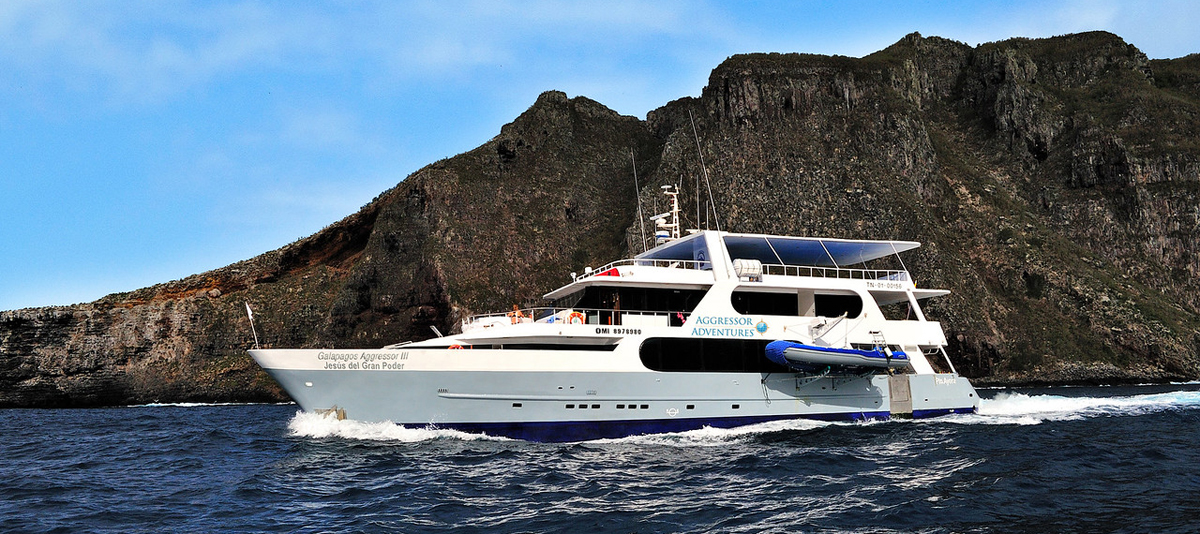
Tiburon Explorer
Tiburon Explorer is the new, elegant and spacious luxury liveaboard in Galapagos Islands. This modern yacht boast 9 staterooms, all with private bathrooms and ocean views. Diving operations are conducted from 2 tenders easily boarded from the dive deck. For divers: large camera table with charging station and individual storage areas.

Cruises and naturalistic stays
In addition to diving, the Galapagos are fantastic for tours or naturalistic cruises, visiting the islands and terrestrial fauna, which includes the huge turtles, iguanas, sea lions and sea lions, and an infinite variety and number of sea birds. The Galapagos were the main source of inspiration for Charles Darwin at the time of elaborating his theory on the evolution of species.
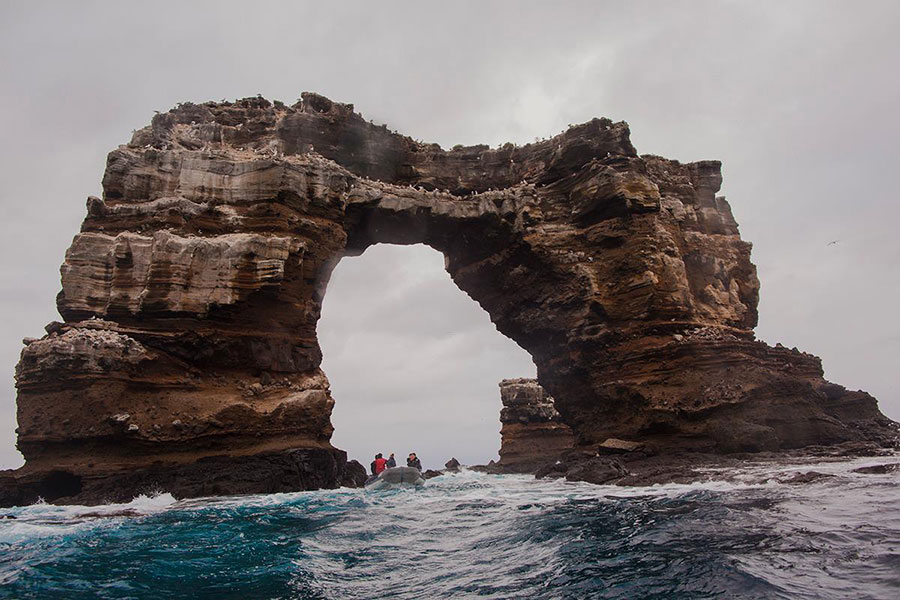
The Arch is one of the most visited dive sites in the world
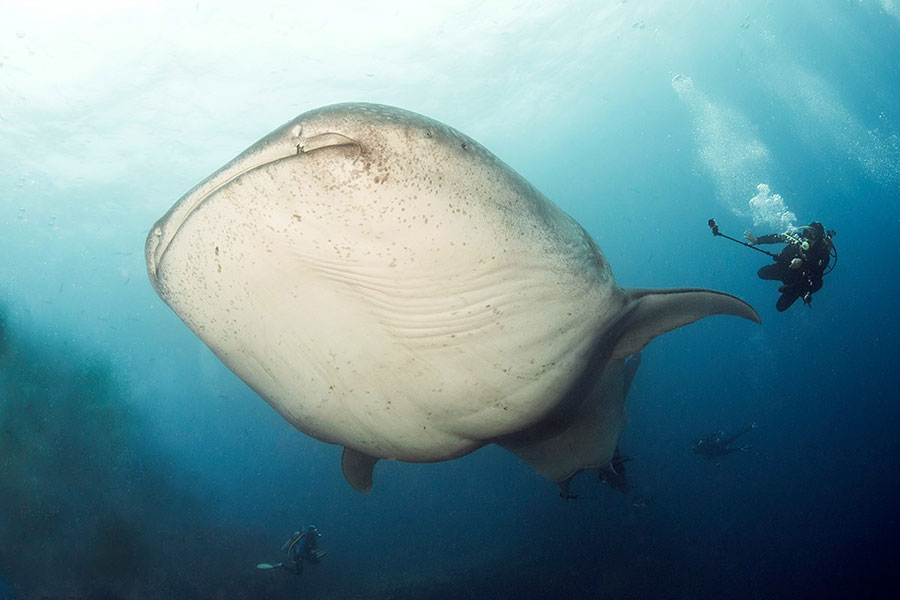
Some divers consider the Galapagos the premiere spot for seeing large marine fauna
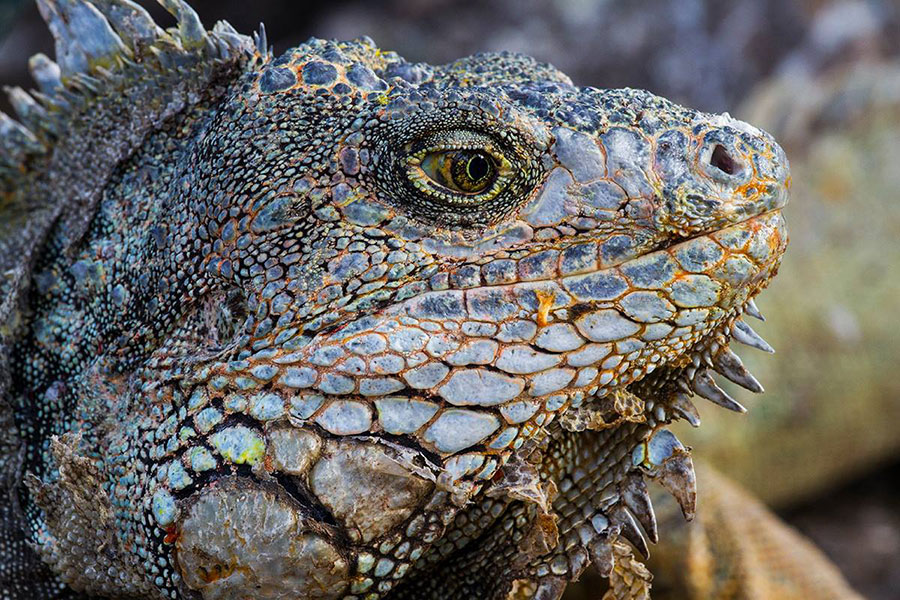
Marine Iguana, the rare marine life which makes the Galapagos Islands so unique
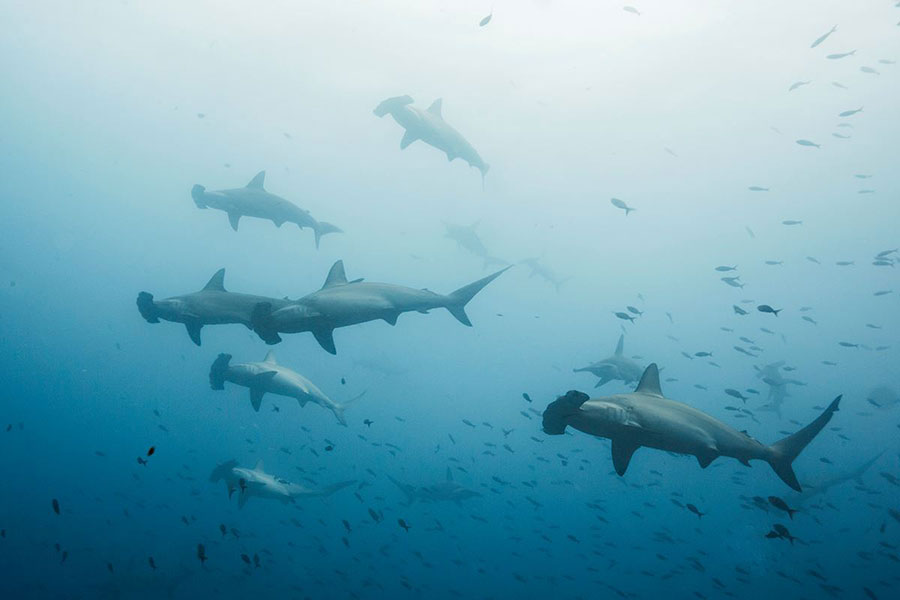
The hammerhead sharks that patrol these waters are timid and by no means dangerous

Some animals you won’t find anywhere else in the world but here: Galapagos tortoise of singular appearance
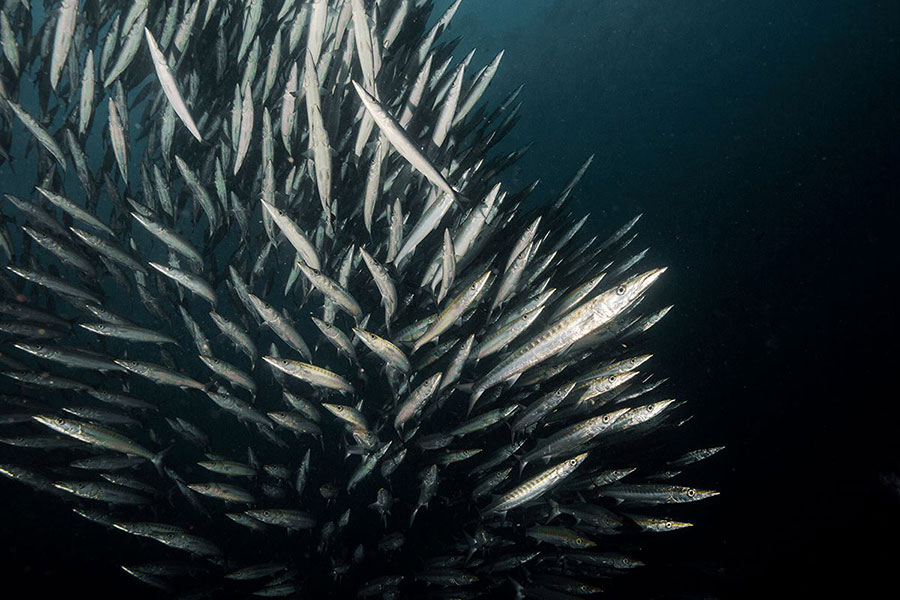
Galapagos is the realm of the pelagic: school of Barracuda fish
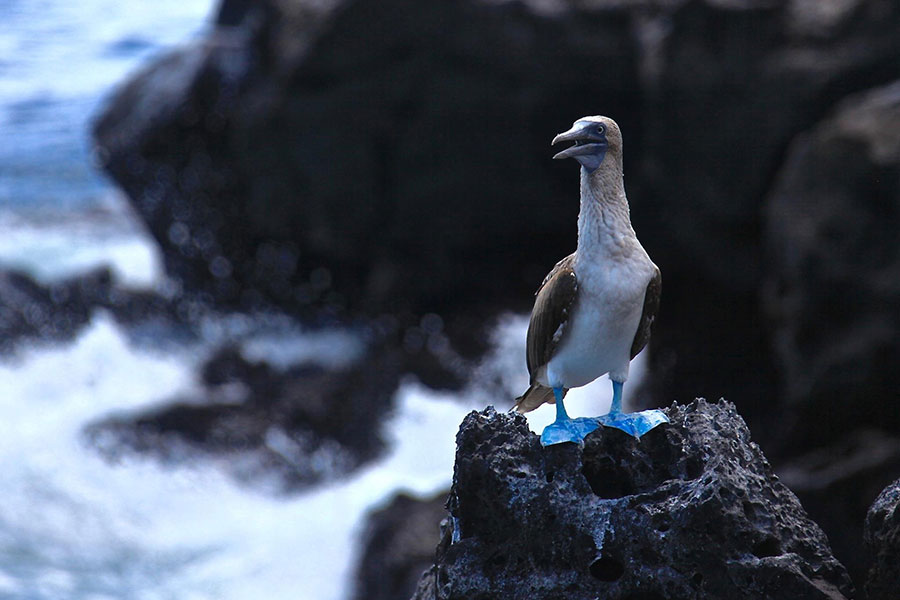
Blue-footed booby, iconic bird of Galapagos

Marine iguanas is the kind of specie you will only find in Galapagos

Galapagos red chested bird known as the great frigatebird
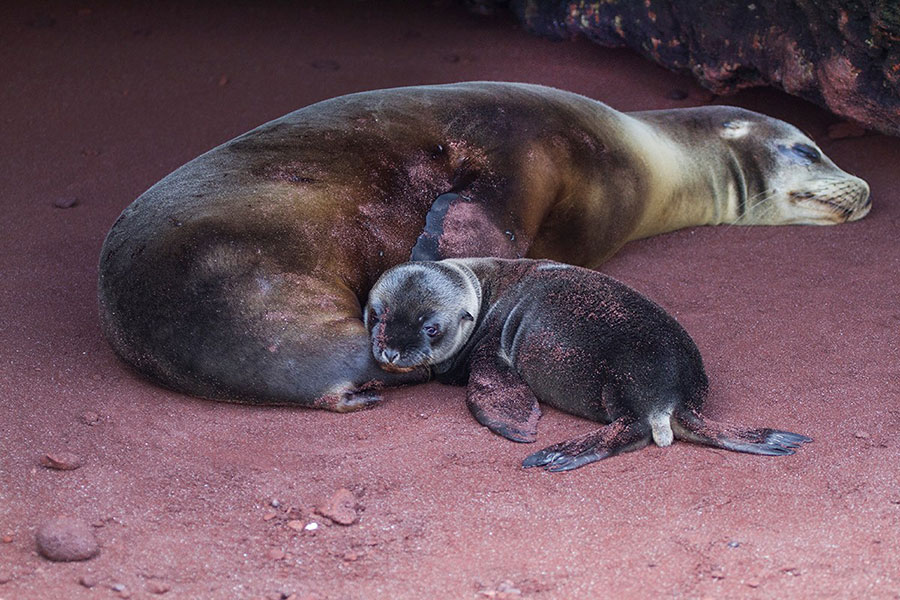
In Galapagos the diver can swim with seals and sea lions
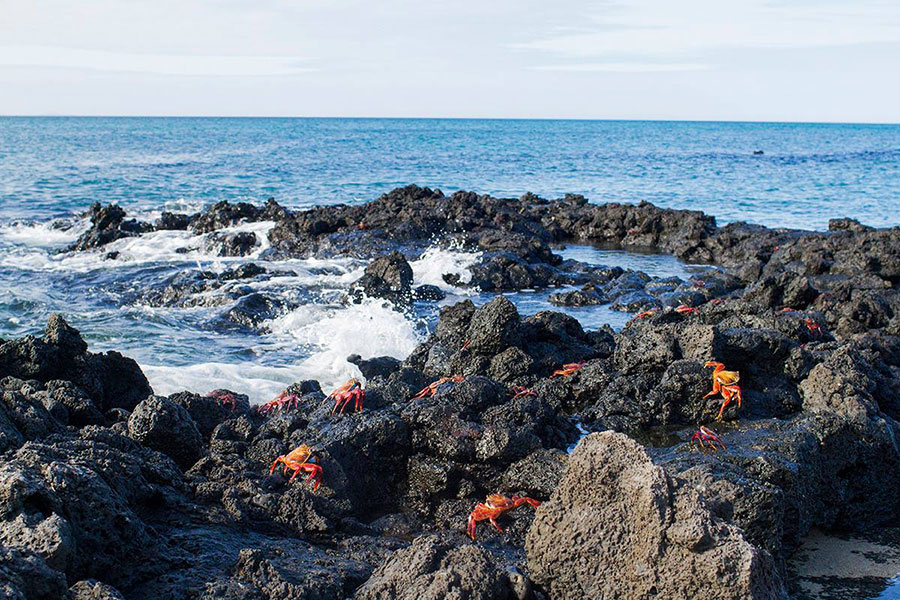
The Sally Lightfoot crab is the coastal scavenger of Galapagos
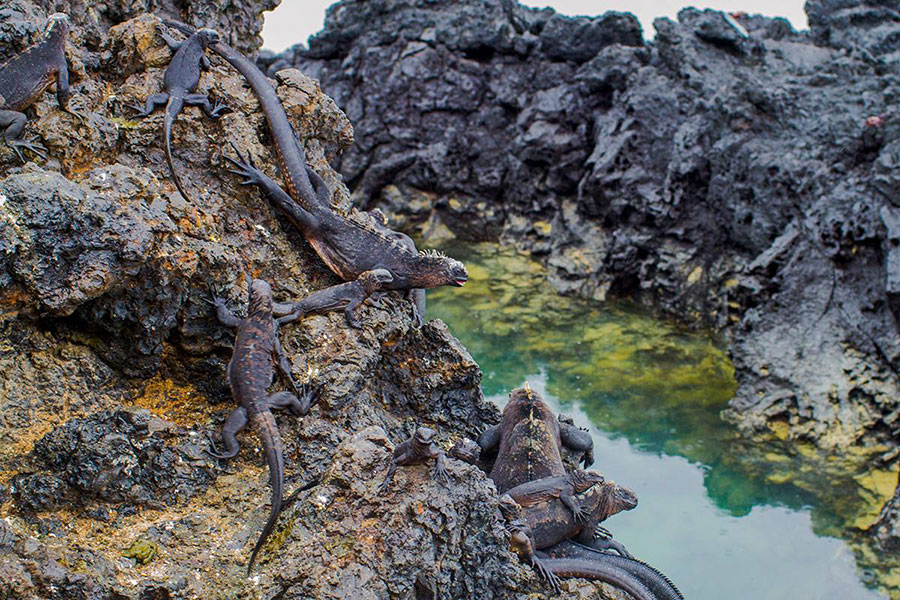
Galapagos marine iguanas of singular bizarre appearance
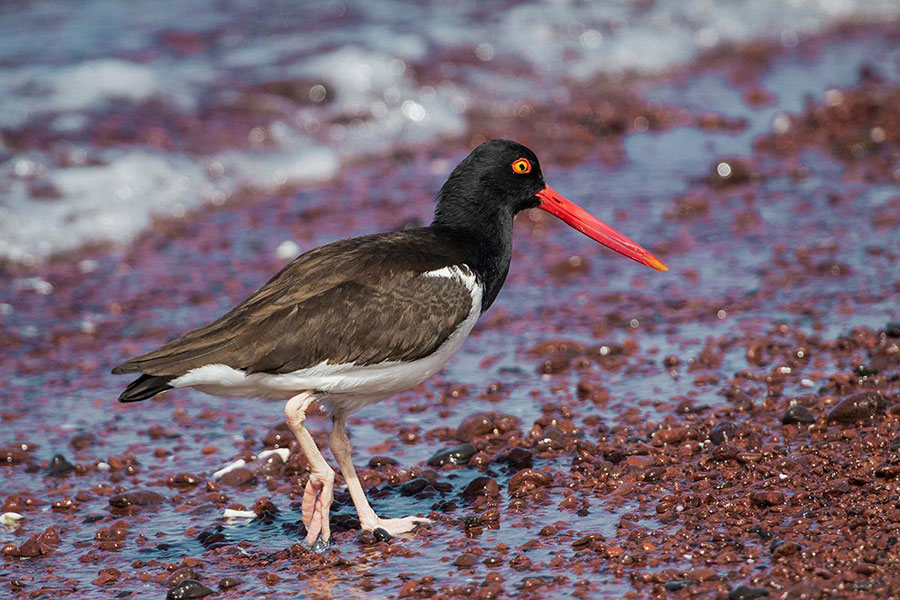
Galapagos Oystercatcher got it name because feeds on mollusks, worms, and marine invertebrates
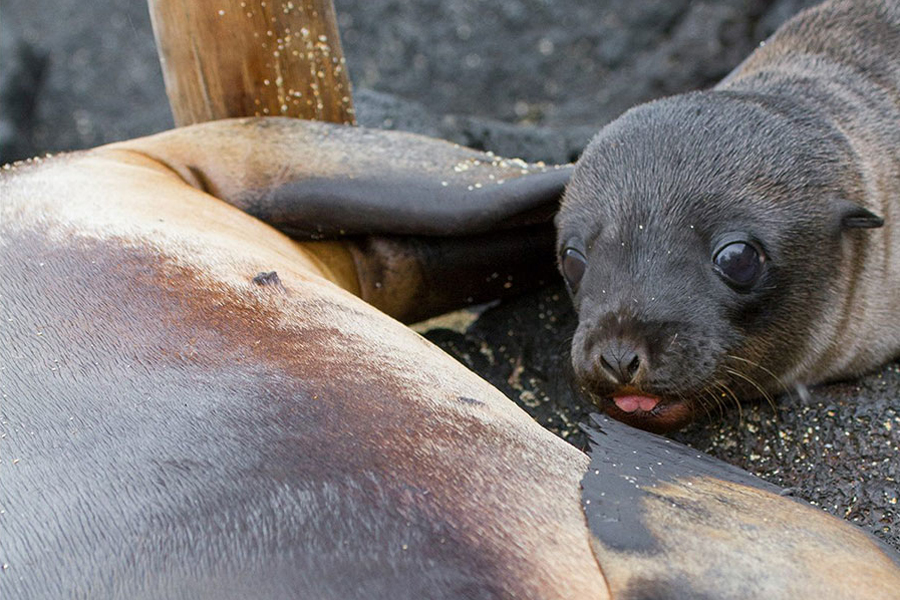
A common encounter in Galapagos: a cub of seal
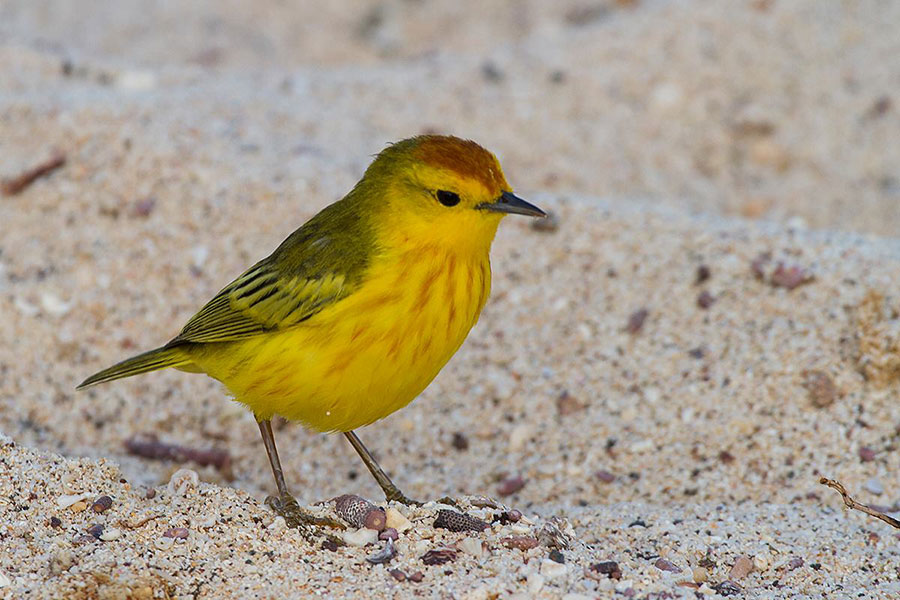
Bird watching in Galapagos: yellow warbler
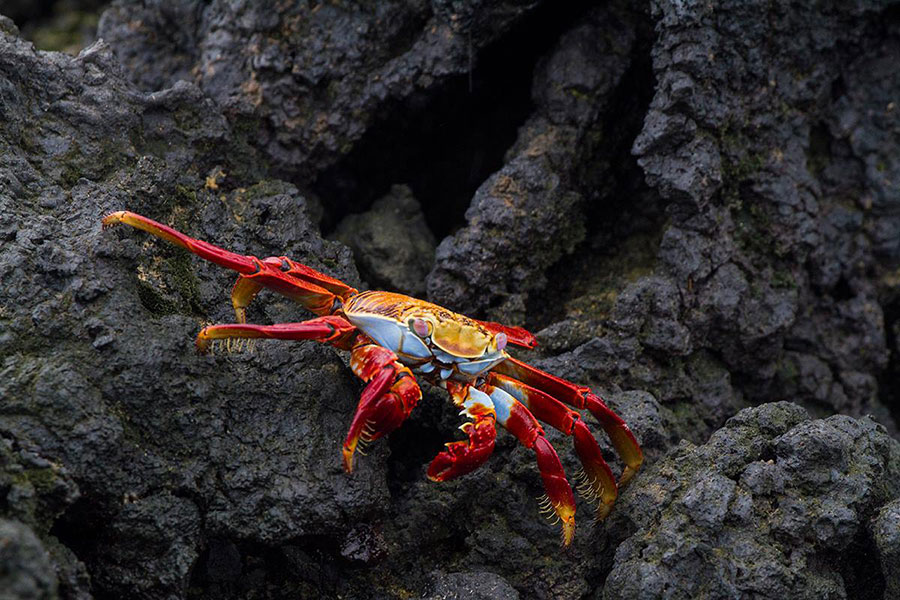
The Sally Lightfoot crab is the coastal scavenger of Galapagos
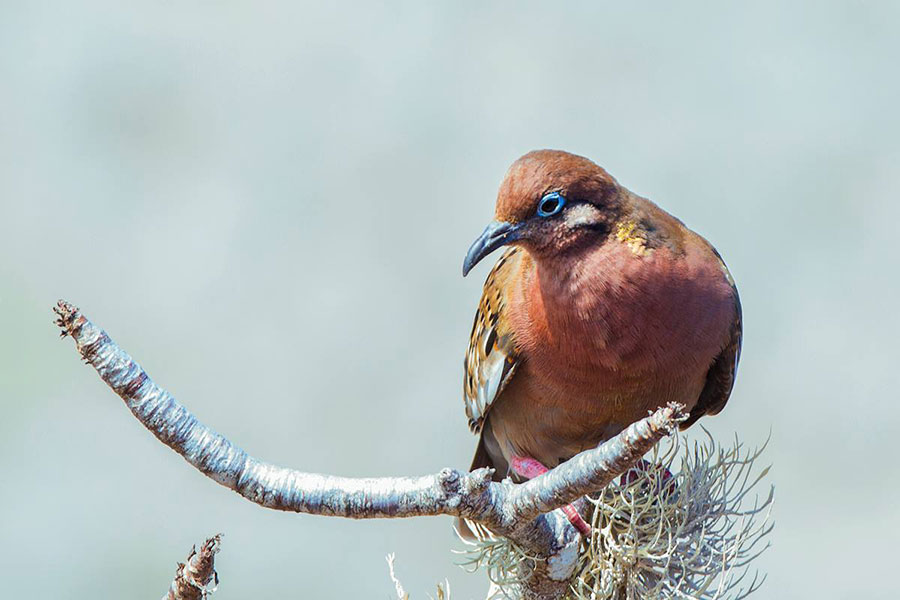
Bird watching in Galapagos: dove of Galapagos
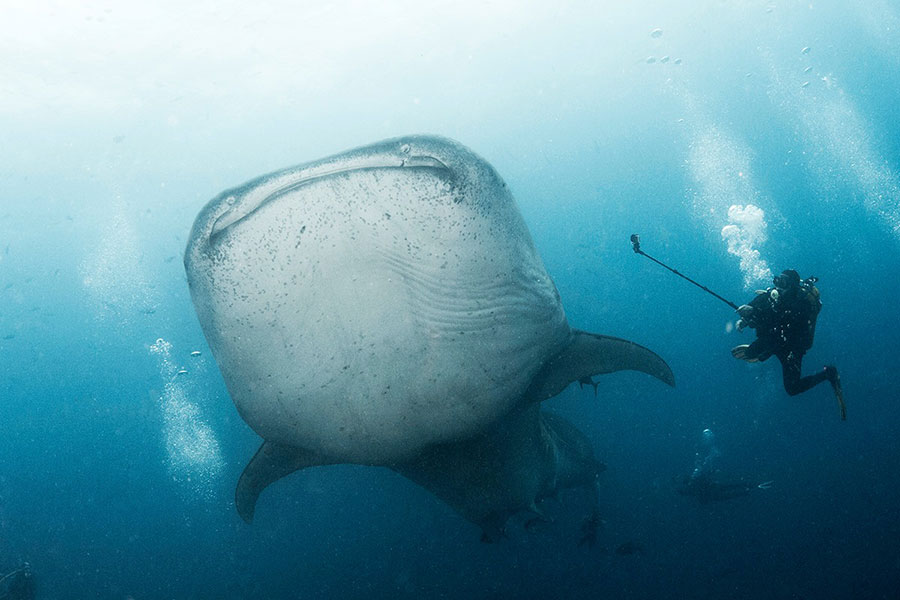
July to November is known as the Whale Shark Season
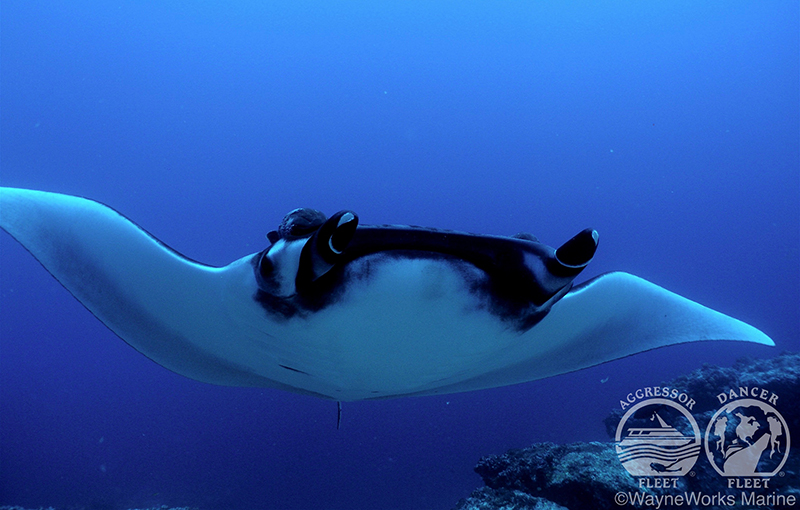
The warm season -December to April-, also called the Manta Season

July to November is Ocean Sunfish or Mola mola Season



